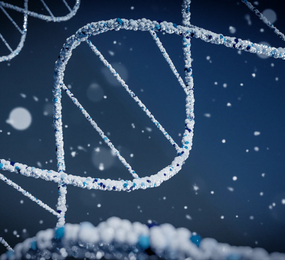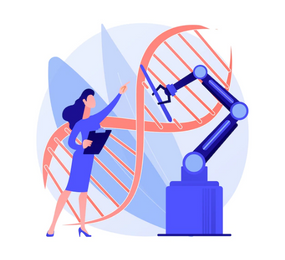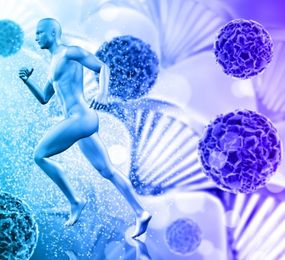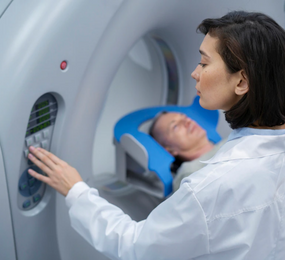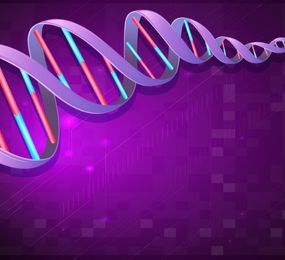With the rise of data, computational resources, and research into natural language-based machine learning (ML) models, the search for and development of therapeutic antibodies has increased.
The natural language processing (NLP) models that have been developed have proven to translate well for identifying patterns in the language use in biology, making them a viable tool for inferring complicated dependencies in DNA and amino acid sequences.
There are many ML strategies available now, each with a different architecture, dataset design, and data encoding option. Some frequently employed ML architectures include
-
Transformers
-
Convolutional neural networks (CNN)
-
Recurrent neural networks (RNN)
-
Generative adversarial networks (GAN)
In general, one-hot encoding can be used to encode antibody sequences or sequence information, with a binary 0/1 value standing in for each amino acid in a specific place. To reflect specific amino acid characteristics or three-dimensional structures, substitution matrices can also be utilised, such as the BLOSUM matrix, scores, or distance matrices.
A key component of dataset design is the dimensionality of the data and the characteristics that are taken into account, such as binding affinity, binding specificity, and features like epitope-paratope structure.
The creation of high quality, structured training data is crucial for the prediction of sequence dependencies, and particularly sequence-function dependencies, such as interactions between antibodies and antigens.
Affinity and specificity information, as well as details on the precise conformational structures of the paratope and epitope of the antigen and the antibody, may be included in these data.
It is difficult for computational methods to effectively forecast these interactions due to the intricacy of a given binding event, the conditions affecting it, and the scarcity of empirical data on paratope-epitope couples that are already in existence.
For instance, datasets are few and the availability of combined information concerning paratope, epitope, and binding affinity is scarce. Even if more multidimensional data is continuously being produced through experiments, it might not be enough to provide ML models with the input they need to make accurate predictions.
AlphaFold27, ABlooper8, SCALOP9, and other machine learning methods have been developed recently to give structural models of proteins, CDR loop structures, and antibody-antigen 3D structure libraries.
As was previously stated, the quantity and quality of datasets used for machine learning (ML) models now play a crucial role in the ability of predictive models to predict antibody interactions, structures, and sequences.
Synthetic datasets are frequently required for ML models, despite the fact that enormous volumes of sequencing data and growing amounts of binding property data for paratope-epitope pairs are continuously created. Synthetic datasets serve as a reference point for predictions and make it possible to use the models on smaller experimental datasets.
In conclusion, improvements in the generation of predicted and experimentally validated multidimensional data are still largely application-specific.
One thing seems to be certain: in the coming years, it will be crucial to enable data-driven approaches for biologics research. This will require the collection of experimental assay data and antibody sequence data in a curated and labelled format.
Although they are constantly being applied to novel strategies in antibody discovery, the selection of ML model, architecture, data encoding, and design remains mostly application-specific.
Want to find out more? Join industry experts on March 28–29, 2023 at the Steigenberger Airport Hotel, Berlin, Germany as they discuss Machine Learning As An Advanced Tool For Antibody Discovery.
To register or learn more about the Forum please check here: https://bit.ly/3zxguXW.
For more information and group participation, contact us: [email protected]


